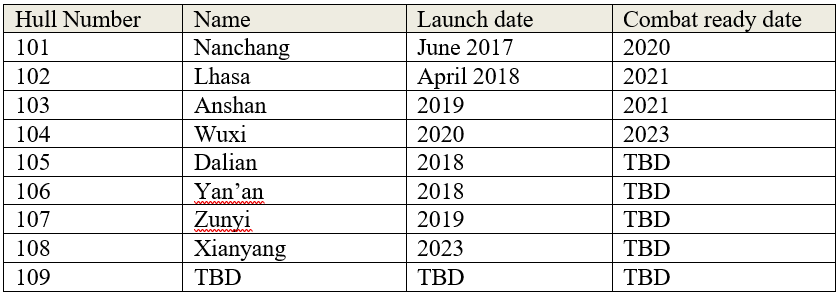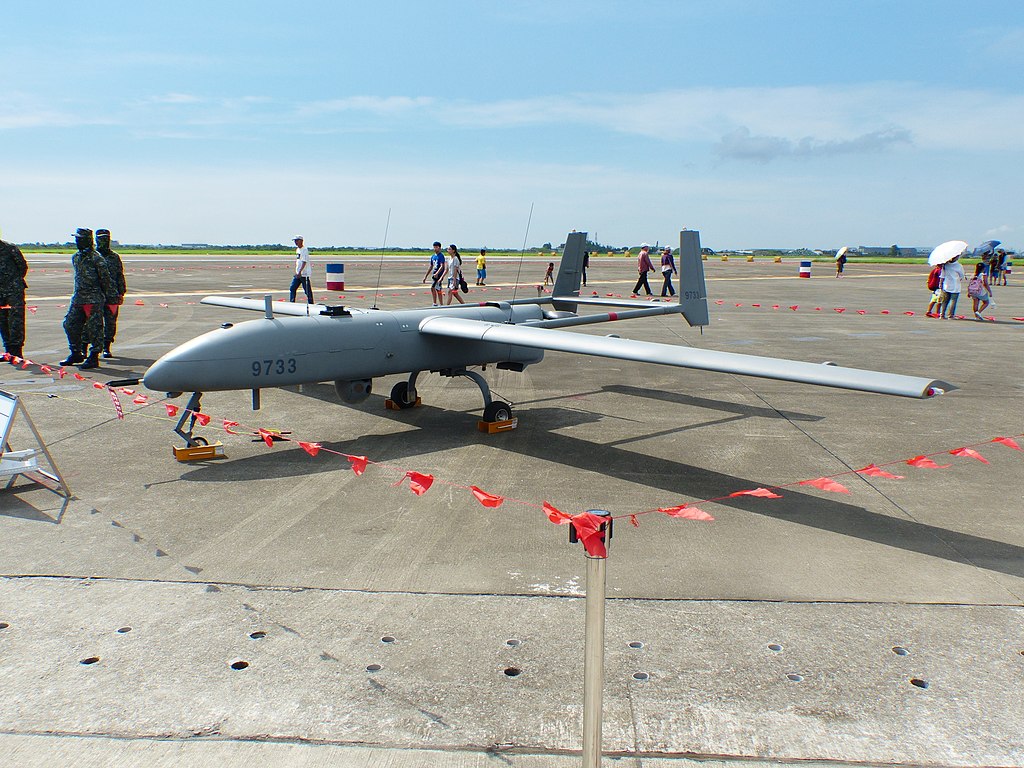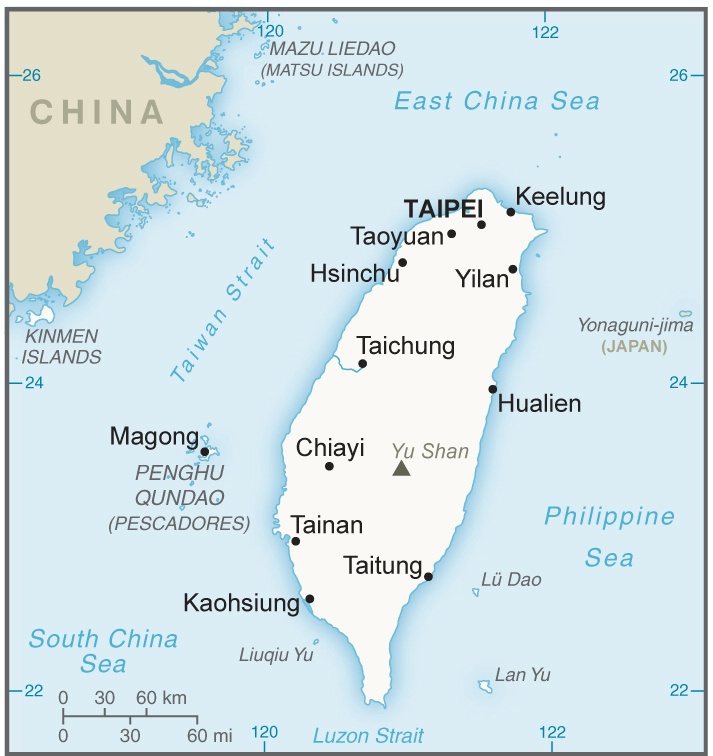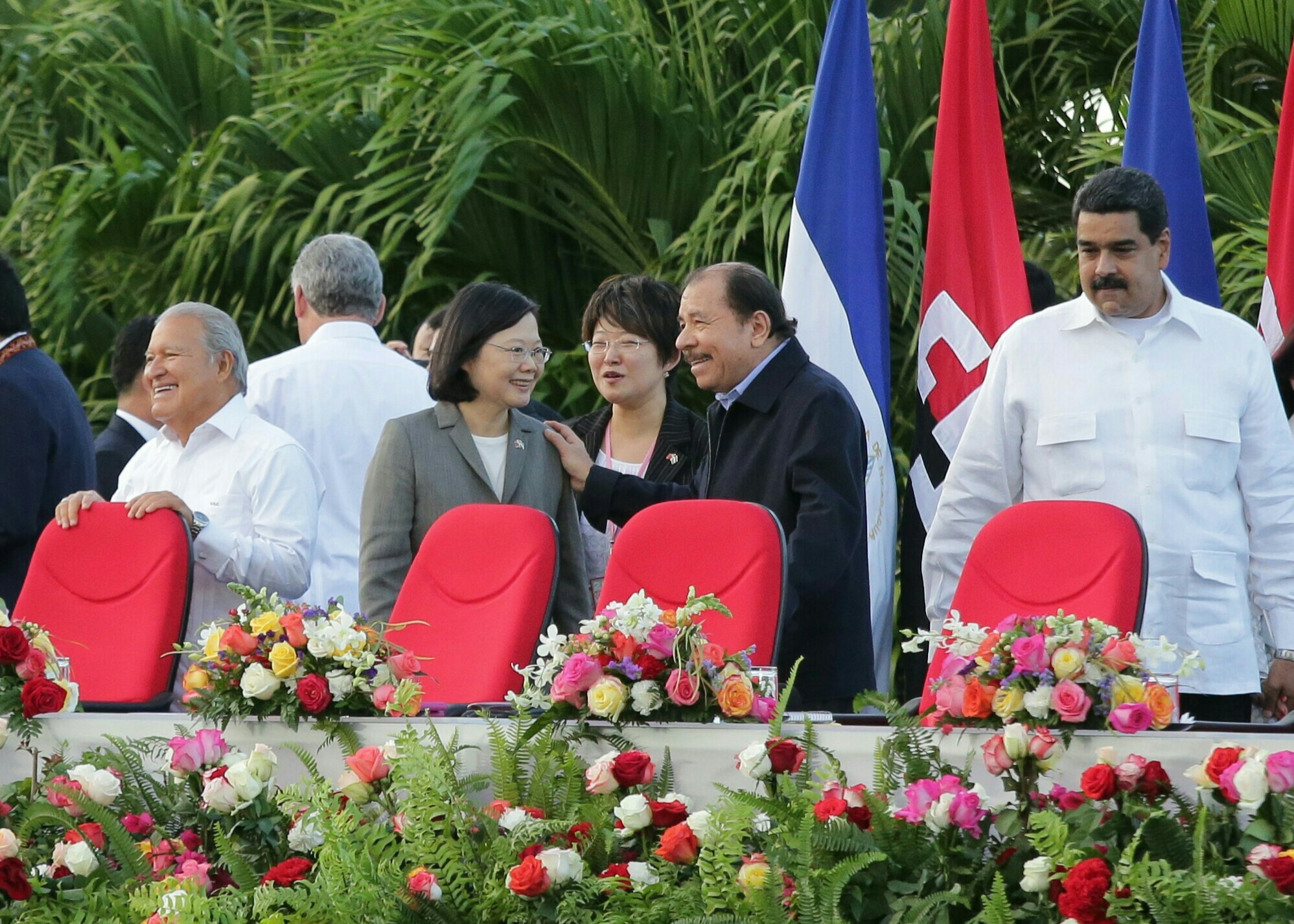
The Nanchang, China’s first launched Type 055 destroyer.
“Now, as the four Type 055 destroyers of the first Destroyer Detachment of the PLA Navy are fully operational, they will provide more solid support for the Chinese Navy to penetrate the island chains and cruise the ocean.”
According to the Hong Kong-based pro-Beijing news source Ta Kung Pao, the Chinese Navy recently saw its sixth Type 055[GRLCUT(1] stealth-guided missile destroyer, “Wuxi,” achieve “total combat capability.” The article also claims that by having the Type 055 stealth guided-missile destroyers now fully combat ready, “the detachment has become the world’s top destroyer force.” The second article excerpt, published in the Chinese state-run Global Times, explains that the Wuxi recently participated in a rigorous three-day trial in the Yellow Sea, where it conducted comprehensive air defense, missile defense, sea attack, and anti-submarine operations in a complex electromagnetic environment. The tests, focusing on “future missions, environments, and opponents,” incorporated surface ships, submarines, fighters, and other forces to produce multiple air, underwater, and surface threats that put to test the Wuxi’s integrated combat capability.
According to Ta Kung Pao, Type 055 destroyers are equipped with China’s most advanced air defense, anti-missile, anti-ship, and anti-submarine weapons. They have “strong information perception, command and coordination, air defense and anti-missile, sea-to-sea and sea-to-land strike capabilities” and possess strong anti-ship capabilities that can “crush any opponent.” Previous reporting claimed that a dual-band radar system gives the Type 055 anti-stealth and anti-satellite capabilities in low-Earth orbit providing “Chinese forces a key edge over their opponents in modern warfare.”[i]
The Type 055 destroyer’s primary mission is expected to be as an aircraft carrier escort: to provide a wider detection range and early warning capability, stronger firepower, and overall increased protection for the aircraft carrier. The Type 055 also has the capacity to serve as a command ship and is expected to help the Chinese navy break through the island chains[ii] and ultimately achieve a blue-water capability. There are currently eight operational Type 055 destroyers. The first four have been assigned to the First Destroyer Detachment in the North Sea Fleet, while the next four have been assigned to the Ninth Destroyer Detachment in the South China Fleet. The North Sea Fleet safeguards the country’s northern maritime borders from the Bohai and Yellow Seas. According to Ta Kung Pao, China is currently constructing its ninth Type 055 destroyer, which is expected to be assigned to the East Sea Fleet.
Sources:
“055型四剑合璧 护航母破岛链 (Four Type 055 Destroyers Escort the Aircraft Carrier Liaoning to Break Through the Island Chains), Ta Kung Pao (Hong Kong-based, pro-Beijing news source), 3 April 2023, http://www.takungpao.com/news/232108/2023/0403/835819.html
The 13,000-ton Type 055 guided missile destroyer has been praised by U.S. media as the world’s second most powerful guided missile destroyer after the U.S. Zumwalt-class. From January 2020, when Nanchang, the first Type 055 destroyer, came into service, to February 2023, when Xianyang joined the navy, eight 10,000 ton-class destroyers of this type have sailed across our country’s vast seas in a short period of three years. …As a result, the Type 055 destroyers have more robust comprehensive capabilities.
Destroyers are the indispensable main ships in the surface combat system. The Type 055 10,000-ton large destroyers are equipped with the Chinese Navy’s most advanced air defense, anti-missile, anti-ship and anti-submarine weapons, with strong information perception, command and coordination, air defense and anti-missile, sea-to-sea and sea-to-land strike capabilities. In particular, equipped with the hypersonic anti-ship YJ-21 missile, the 055 large destroyers has the anti-ship ability to crush any opponent. The formation of several large destroyers of this type also enables the PLA Navy to adopt more flexible and diversified methods of warfare.
Now, as the four Type 055 destroyers of the first Destroyer Detachment of the PLA Navy are fully operational, they will provide more solid support for the Chinese Navy to penetrate the island chains and cruise the ocean.”
Liu Xuanzun, “PLA Navy’s Type 055 large destroyer Wuxi achieves operational capability, ‘boosting North Sea Fleet’s far sea capabilities’,” Global Times (Chinese state-run news outlet), 26 March 2023. https://www.globaltimes.cn/page/202303/1287983.shtml
Organized by a vessel training center affiliated with the PLA Northern Theater Command Navy, the Type 055 large destroyer Wuxi recently went through a three-day full-course acceptance test in the Yellow Sea over training subjects including comprehensive air defense, missile defense, sea attack and anti-submarine actions in a complex electromagnetic environment, China Central Television (CCTV) reported on Saturday.The vessel training center dispatched other forces including surface vessels, submarines and fighter jets to confront or support the Wuxi during the test, so the Wuxi could display its capabilities in dealing with all kinds of emergencies under multiple surface, underwater and air threats, CCTV reported.
Notes:
[i] For more information see: Liu Xuanzun, “China’s Type 055 Destroyer has Anti-Stealth, Anti-Satellite Capabilities: Report,” Global Times, 11 October 2020. https://www.globaltimes.cn/page/202010/1203103.shtml
[ii] The island chain strategy was originally conceptualized in 1951 by the West to contain the Soviet Union and China by surrounding them with naval bases in the West Pacific to project power and restrict access. There are currently three island chains in the Pacific Ocean. The First Island Chain begins at the Kuril Islands and runs through the Japanese Archipelago, Ryuku Islands, Taiwan, northwest Philippines, and ends around Borneo. The Second Island Chain consists of the Bonin Islands, Volcano Islands, Mariana Islands, western Caroline Islands, and Western New Guinea. The Third Island Chain begins at the Aleutian Islands and runs through the center of the Pacific Ocean through the Hawaiian Islands, American Samoa, Fiji, and New Zealand. Following the collapse of the Soviet Union, the Island Chains became an area of focus in and around China. To break out of the island chains, among other things, China must have a “blue water” capable navy that can control the seas at wide ranges. See Andrew S. Erickson and Joel Wuthnow, “Why Islands Still Matter in Asia: The Enduring Significance of the Pacific ‘Island Chains,” The National Interest, 5 February 2016, https://nationalinterest.org/feature/why-islands-still-matter-asia-15121; and Joe Fallon, “Breaking the Island Chains,”Defence Viewpoints from the UK Defence Forum, 10 February 2020, https://www.defenceviewpoints.co.uk/articles-and-analysis/breaking-the-island-chains
Images and Charts:

Chinese Type 055 Destroyers
Image Information:
Image: The Nanchang, China’s first launched Type 055 destroyer.
Source: https://en.wikipedia.org/wiki/Type_055_destroyer#/media/File:PLANS_Nanchang_(DDG-101)_20210427.jpg
Attribution: Japan Ministry of Defense, Joint Staff Office; CC-BY 4.0



